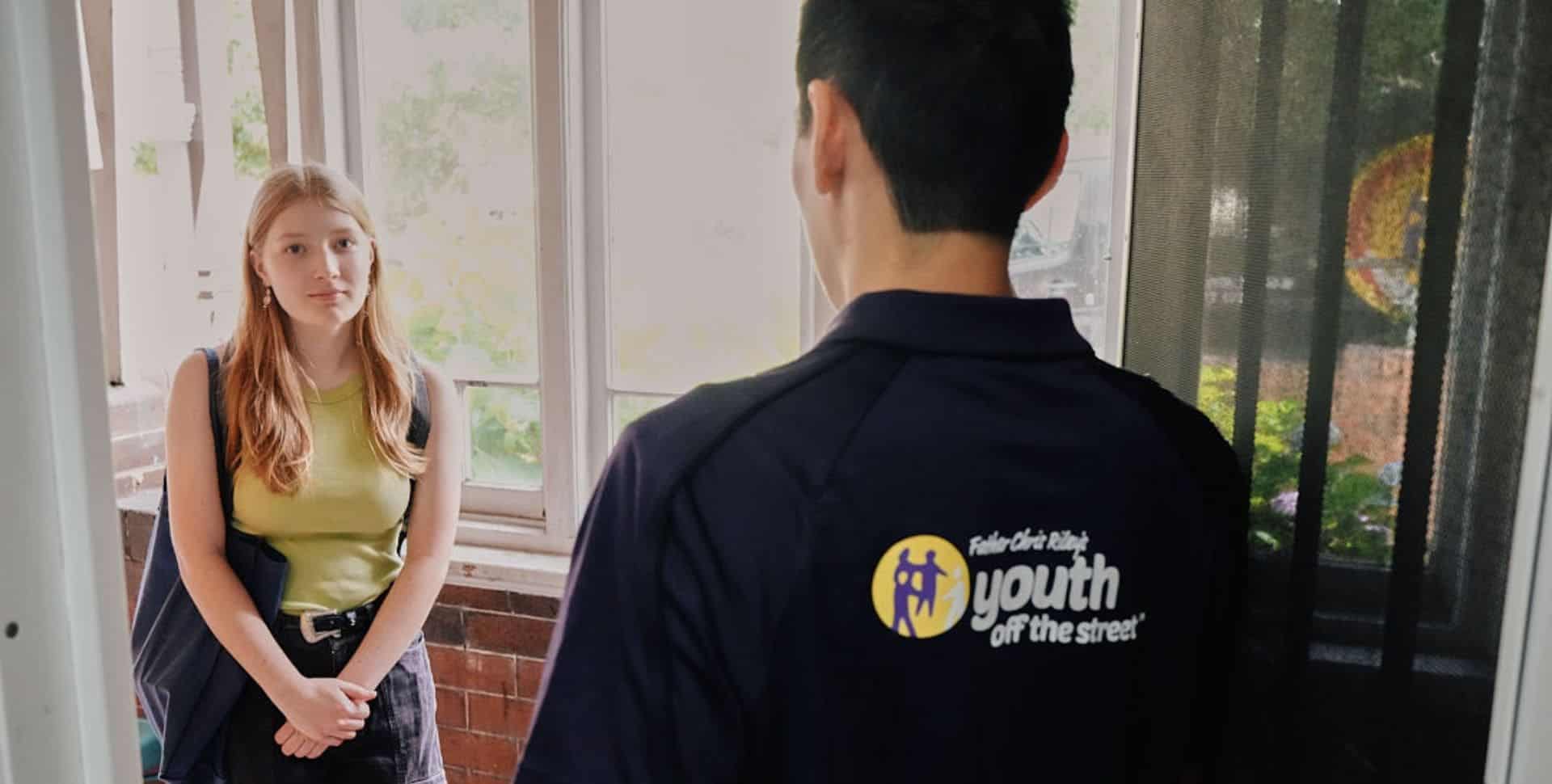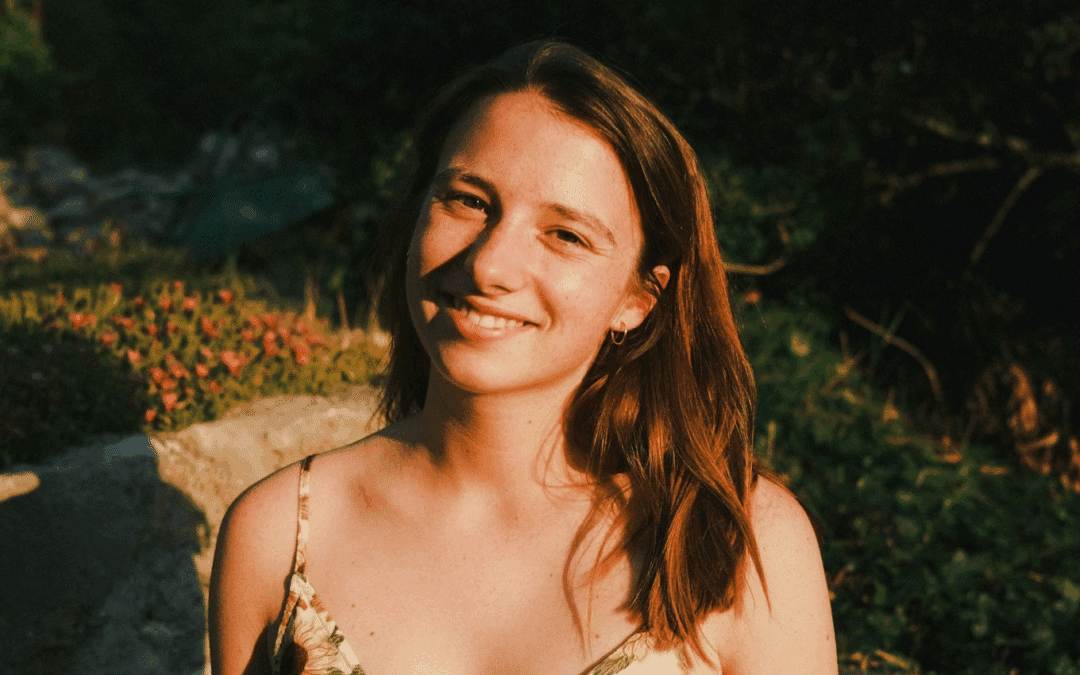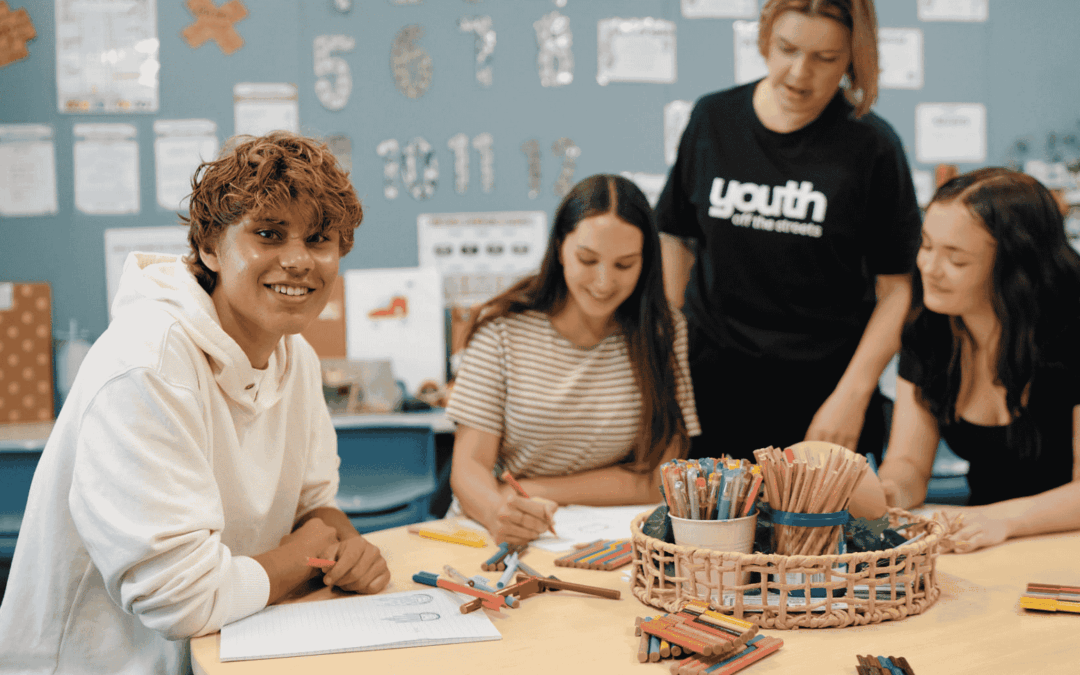Every week, young people in crisis seek support from the Inner West Youth Homelessness Service (IWYHS) in Sydney.
IWYHS, a partnership between Youth Off The Streets, Wesley Mission and YWCA NSW, offers crisis accommodation for those who cannot live at home.
“We see many young people coming into our refuges to escape domestic and family violence,” explains Katie Brennan – our former Team Leader, Crisis Accommodation.
“They may be impacted by a parent’s alcohol or drug use, or sibling conflict that turns into a dangerous situation.”
Crisis accommodation provides residents with a safe place to sleep, meals and everyday necessities. But the IWYHS team also takes a holistic approach to supporting young people – and facilitating their transition to longer-term accommodation and a stable future.
Read on to learn about the program that equips our refuge residents with the skills to build a positive future.
Weeks 1–4: Building casework milestones
At Youth Off The Streets’ two refuges, residents aim to reach specific casework milestones that reduce their risk of experiencing homelessness again in the future.
However, the program begins by acclimatising young people to life at the refuge.
“Moving in, I instantly felt welcome,” says Sabry, a young person who left home following a family breakdown.
“I was hesitant about being in the refuge. But I really enjoyed meeting the workers and the other residents.”
During the first month, new residents become familiar with the refuge’s house rules. They must adhere to curfews, respect their peers and attend case meetings and planned activities.
“The best way we can help young people is by getting to know them and understanding what they want and need,” says Katie.
New residents are introduced to a key worker and caseworker, who assist them to develop a crisis accommodation plan.
“I left home smack in the middle of my preliminary exams,” Sabry remembers.
“So the workers tutored me here and there and set little maths lessons for me.”
“They helped me get back to school so I could dive into Year 12.”
During this stage, staff also help young people obtain identification documents and financial support from Centrelink.
Weeks 5–8: Customised day program
After five weeks, refuge residents begin to attend their personalised day program activities.
Each day program is developed in consultation with the young person. It offers education and employment preparation, domestic life skills, and provides them with much-needed routine and stability.
“For my day program, I reconnected with my university education,” says former refuge resident Astrid.
“I also worked on my anxiety, social skills and self-image.”
In addition, residents learn budgeting skills and develop the independence to buy their own groceries and prepare their evening meals.
“Katie showed me how to chop onions properly and open up a clove of garlic,” explains Astrid.
“But on top of giving me guidance, the team encouraged me to figure things out for myself – so I got good at cooking by myself really fast.”
As the young people master these living skills, they undergo another housing assessment and create an exit plan that prepares them to ‘graduate’ from the refuge.
Weeks 9–12: Towards transitional housing
“We work with young people, rather for them. We guide them to make the right decisions about their lives,” Katie says of the IWYHS team.
“Our aim is to get young people into long-term housing and reconnect with their family, if that’s possible,” Katie says. “But it’s essential that they feel heard.”
This ethos becomes increasingly clear towards the end of each resident’s time at the refuge.
After two months, they are expected to be fully engaging with their day program and the living skills modules delivered by refuge staff.
These modules offer lessons in areas like time management, friendship building, communication and goal setting.
“You have space to grow in the refuge, and that was the most important thing for me,” Astrid says of the lessons she learned.
“The time I spent there helped me learn how to be me – and how to be happy being me.”
“These things might seem small, but in the long run, they’re big in terms of your stability and mental health.”
After 12 weeks*, young people are supported to transition to their next step – which could mean semi-independence, transitional housing, social housing or a low-cost private rental.
Former residents have access to assistance from Youth Off The Streets long after this transition has taken place.
“Even after moving out, you’re still welcome at all the events. That keeps you in touch with all the people you had a lot of fun with and made connections with,” Sabry says.
“A lot of people think that you’re only there for the accommodation and when you’re done, you’re done. But that’s not the case.”
“There are people who are with us every step of the way.”
The staff also welcome feedback from young people who leave the 12-week program early, decide to return home or seek support from another service.
“We’re passionate about involving young people,” explains Katie. “They have a voice to show how we can improve our service and make our accommodation a more inclusive, safe and happy environment to live in.”
Note: The program’s 12-week schedule and milestones are approximate. Residents need varying degrees of support, and as such they may reside at the refuge for shorter or longer periods. The wellbeing of each young person is paramount at Youth Off The Streets.
Learn more about our youth homelessness and housing options.



